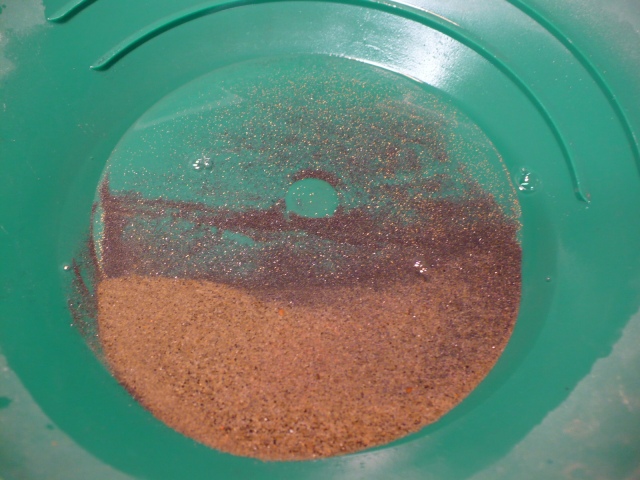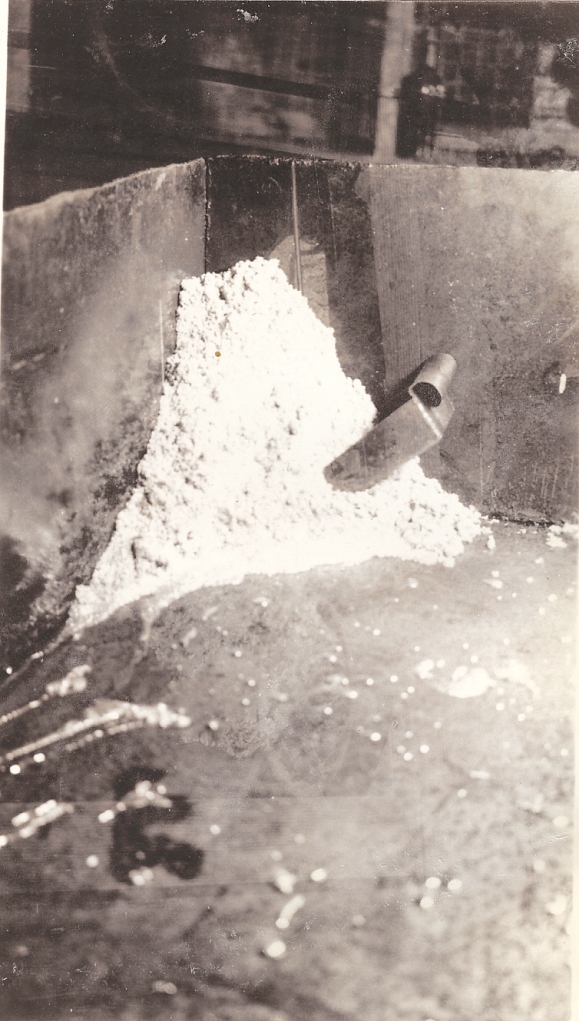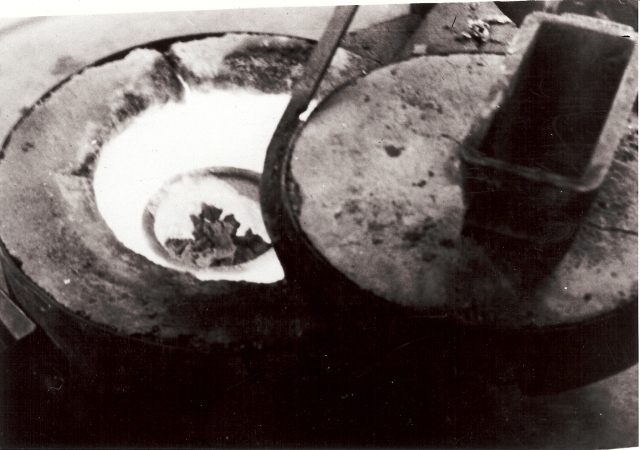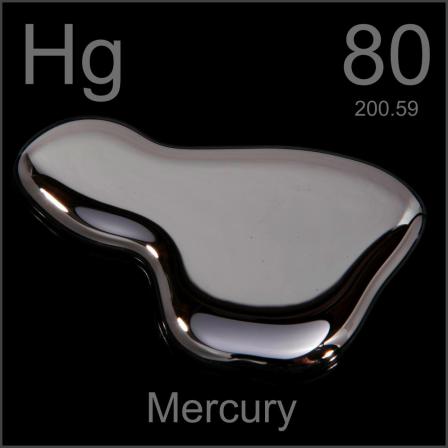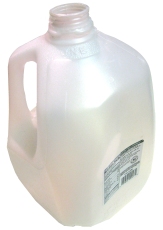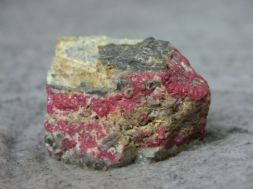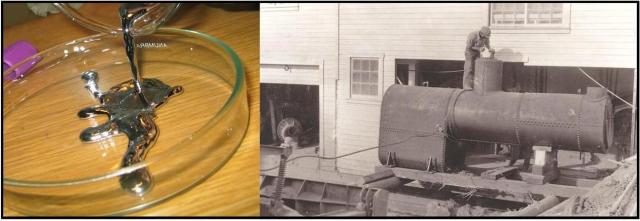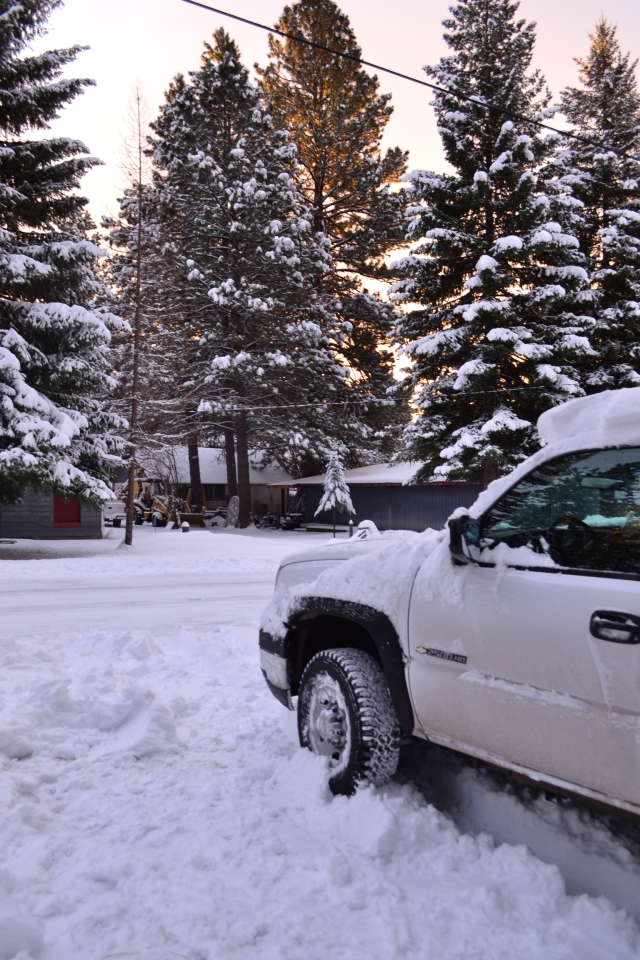It is a simple fact that old buildings are cool…really, really cool! If walls could talk, one can only imagine the stories that would be told when you walk into a structure that has been standing for over fifty years, a century, or even many centuries. It is also a simple fact that many old buildings can seem creepy….some can seem really, really creepy. The Dredge is a great example of a building that is really, really cool and that can seem really, really creepy! So, what is something that is usually associated with really cool and really creepy buildings?? GHOSTS!!
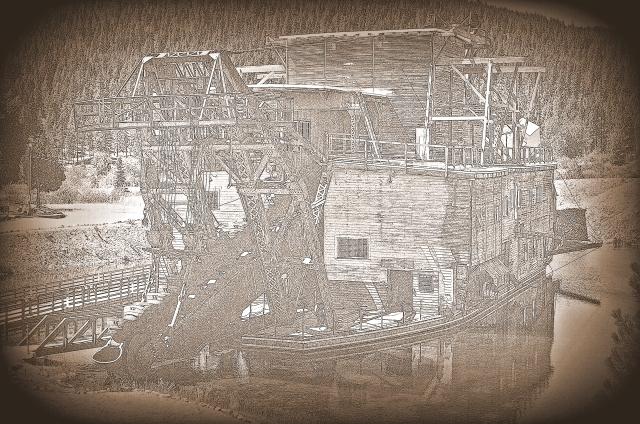
A really cool, creepy building!
With so many cracks and chinks for breezes to blow through, creaks and moans from old wood and metal, and light and shadows drifting in and out as loose boards or cloth coverings drift; it is no surprise that the dredge has been the subject of ghost stories as far back as its days in operation during the 1940’s.

Joe Bush as depicted in the “Skeleton Creek” series.
The Dredge was featured in a book series “Skeleton Creek” as the site of dark secrets, treasure, and a mysterious phantom named Joe Bush. It was also most recently featured on an episode of Syfy’s newest series “Ghost Mine” where the dredge is reported to be one of several sites in the small historic mining town of Sumpter haunted by a ghost whose name seems to be Joe. Incidentally, dredge workers told stories about a ghost who also went by the name Joe Bush! Is this just a coincidence? Or is there more to this picture??
Well, let’s start at the beginning. Unfortunately, for there to be a ghost someone has to, ummm… *gulp… die. Rest assured, while a dredge might seem to be a dangerous place (and it was) there were actually only two deaths over the course of the operation of all three dredges in Sumpter Valley and only one of those was a work related incident. In 1918, during the operation of Dredge No. 1, Christopher Robin Rowe was greasing the gears for the bucket line winches. The gears started whirling and Christopher was sucked in. The rest is best not imagined. Although, we have no stories of spooks and hauntings on the first dredge, that same gear system where Christopher Rowe met his end was transferred to the third dredge in 1934.
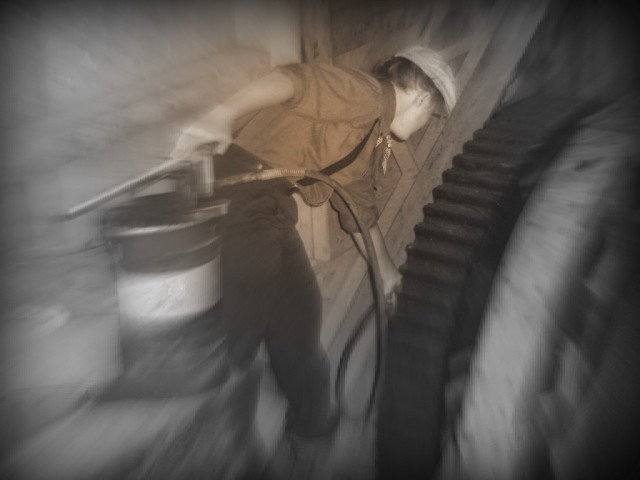
He was reaching around to grease the gears…
The second death did occur on the third dredge. In 1942, George “Buck” Mosley went to lunch feeling a little under the weather, fell asleep, and didn’t wake up. Although his death was untimely, it seemed a peaceful one.
While both of those stories have the makings of becoming great spooky tales, the fact remains that neither of those men were named Joe, nor do we have any records of a Joe Bush having worked or died on the dredge or even in the area.
The tales of Joe Bush began in the early 40’s, before the dredge shut down during World War II, and have persisted from 1945, when the dredge reopened, till the present. A dredge worker by the name of George Hansen seems to get the blame for starting them, but other workers, such as the Dickerson Brothers and Hank Potts, seemed to have had no qualms about putting their own spin the stories, each with their own version of Joe’s antics and opinions on whether or not he truly walks the decks of the dredge in the wee hours of the night. A few things seem to be clear from the tales; don’t leave your tools out or Joe will move them, don’t leave your lunch out or Joe will eat it, and don’t be surprised by the sounds of footsteps crossing the upper decks when no one around…although, it also might be Hank sneaking off to hide behind that corner you’re about to walk around.
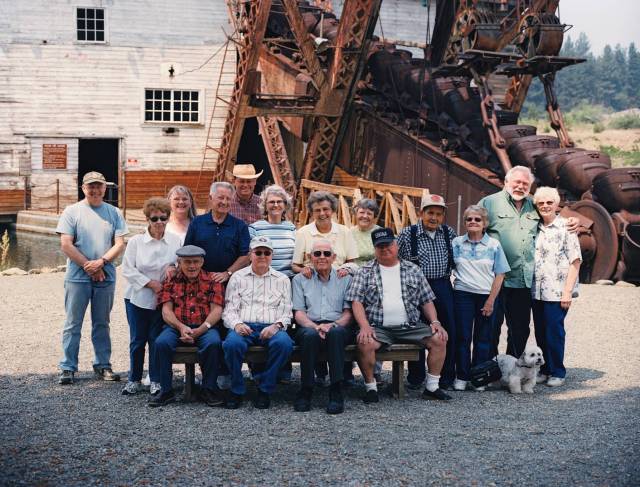
- Dredge workers and their families from the 2008 Dredge Worker reunion
The question of is the dredge is truly haunted continues to tickle the imagination. But whether you believe the stories and tall tales or not this much is true; the stories and legends of Joe Bush originated out of the thoughts, memories, and experiences of those who lived history as it was being made. Their stories bring the past alive for us today and in turn, in a way, every time we share their stories and experiences we keep those gone before us and their memories alive.





